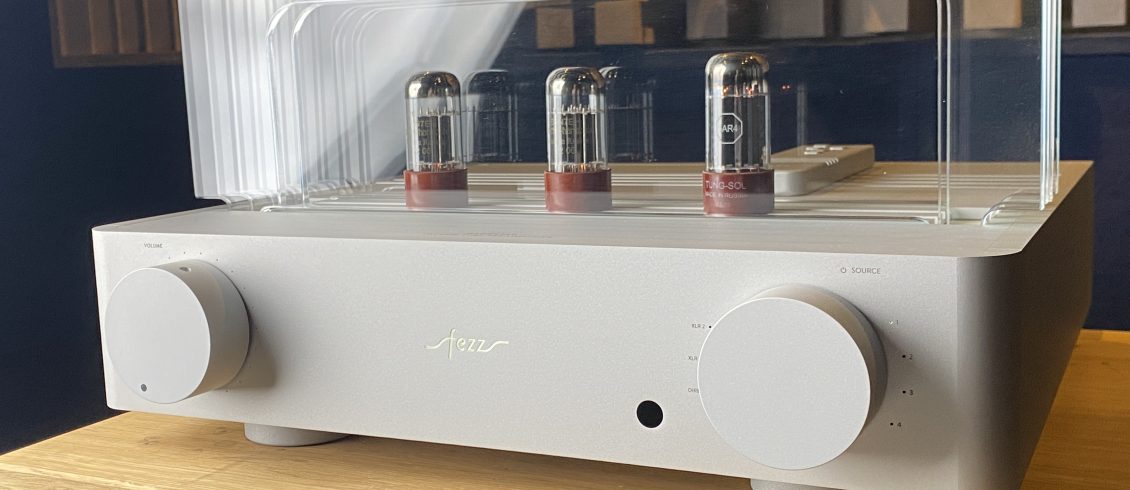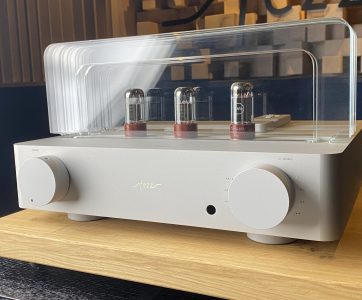Some audio devices that are created in the spirit of the no compromise principle – that is, without regard for cost – enjoy the greatest recognition and attention from the audio community. And rightly so: such an approach gives rise to designs that are the most technologically advanced, the most expensive, the largest – in a word: high-end. As I’ve mentioned before, to me personally, this term does not refer – as is often assumed – to the character of the sound. In my understanding, high-end primarily points to the level of technology. Only over time – and not very often, at that – does this translate into actual sonic quality. When it does – and only then – the category fully justifies its meaning in the context of audio.
It fulfills, in fact, two distinct functions. First, it satisfies the desire to possess the very best – giving the wealthiest the opportunity to do so. Second – and this I consider crucial – it defines the boundaries of technological potential and outlines the event horizon of the audio universe. It reminds me of the kind of influence Formula 1 exerts on the automotive world. The extreme solutions tested on the racetrack find their counterparts in the high-end domain – and in both cases, they push the boundaries of what is possible.
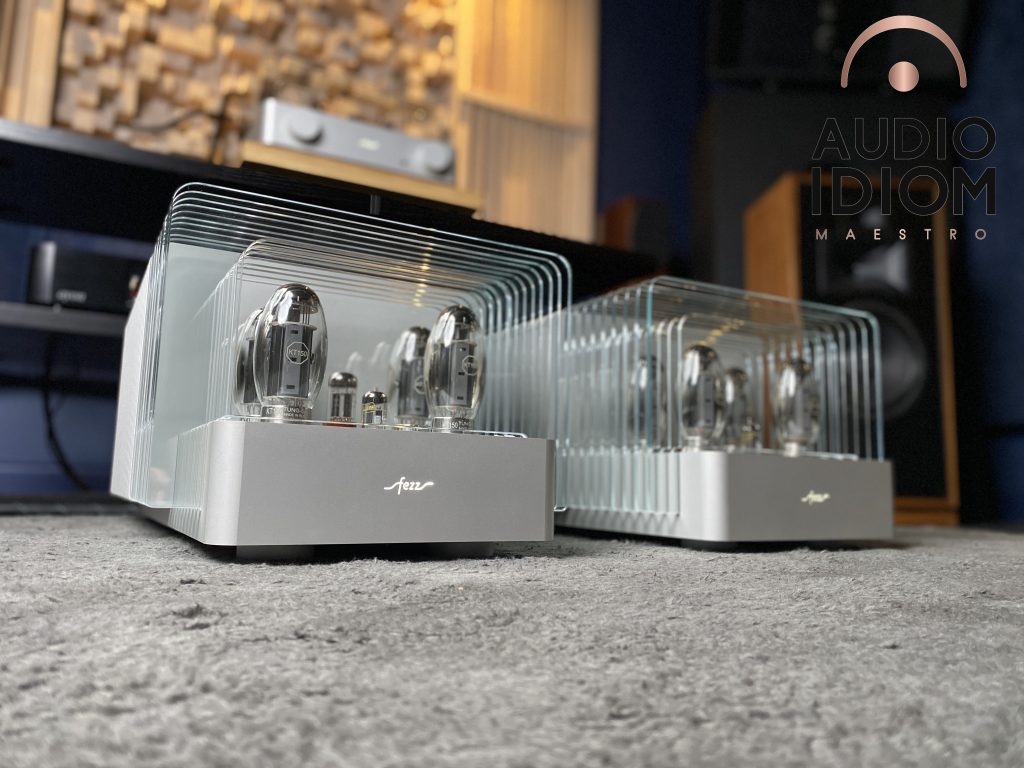
It is not without reason that I reach here for cosmological nomenclature. This is by no means about the – nomen omen – audio idiom, which, in the absence of better terminology to describe above-average phenomena, resorts to metaphors drawn straight from the cosmos. One need only mention the somewhat trivial phrase out-of-this-world sound. It implies not only a lack of words to describe what we hear, but also a qualitative leap – as if to another, better galaxy of sound.
I allow myself this slightly ironic tone solely to point out just how many linguistic difficulties arise at the intersection of audio and language. Describing the character of sound – with all its transience, ephemerality, and indeterminacy – appears here as a collision between the material order of language and the immaterial order of sound. Nevertheless, the main reason for invoking this metaphor is the subject of this text and its central figure – Fezz’s Magnetar – for it is he who summoned this cosmological nomenclature.
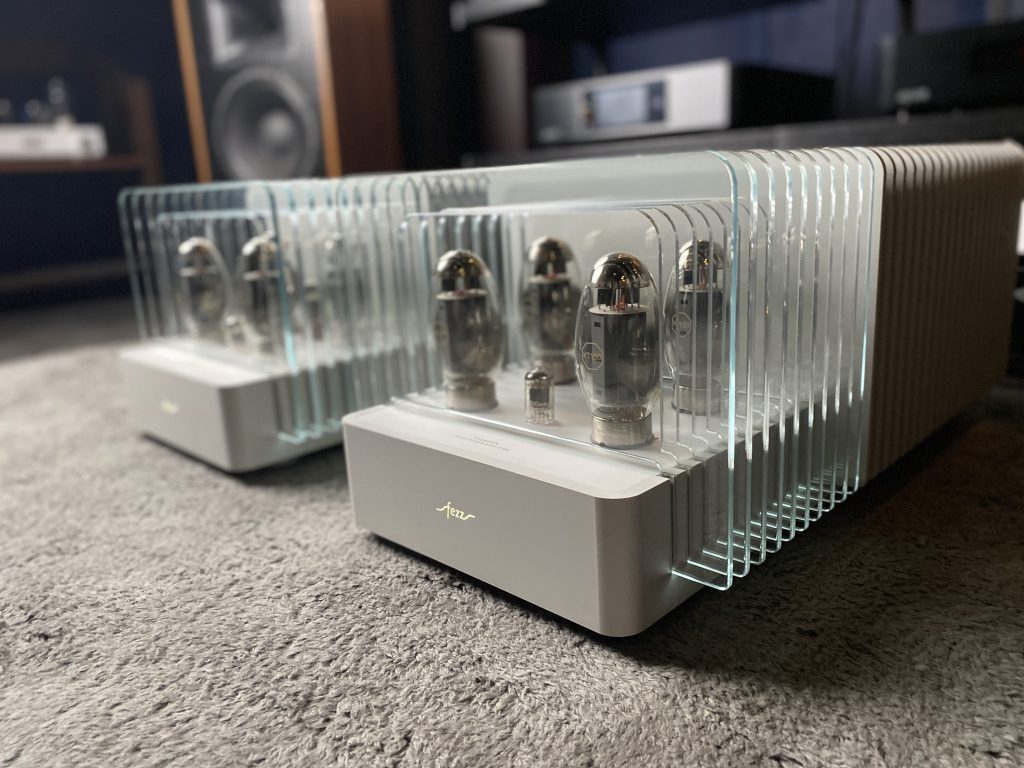
Magnetar is, after all, a term from the field of astrophysics, denoting a type of neutron star possessing the strongest known magnetic field in the Universe —
a word derived from English, formed by the fusion of magnetic and star — literally: magnetic star. And although names don’t play in audio, I like to reach for them, as I believe they allow us to come closer to the intentions of the designer or manufacturer (I wrote about this earlier here: [link]). In this case – both in the name of the model and the entire Supernova line – Fezz Audio is not only announcing the birth of something new. Through this symbolic gesture, it is also defining the scale we are dealing with.
The aforementioned high-end is, after all, not only a benchmark of technological capability, but also – in a symbolic sense – the top league in the game for the trophy of perfect sound. It’s a gesture as bold as it is risky. It demands not only a tremendous investment of time and money, but also a readiness for criticism, or even failure. For it is precisely there – in the high-end zone – that the attention of opinion-forming reviewers is focused, their ears sharpened to catch every, even the slightest, audio imperfection.
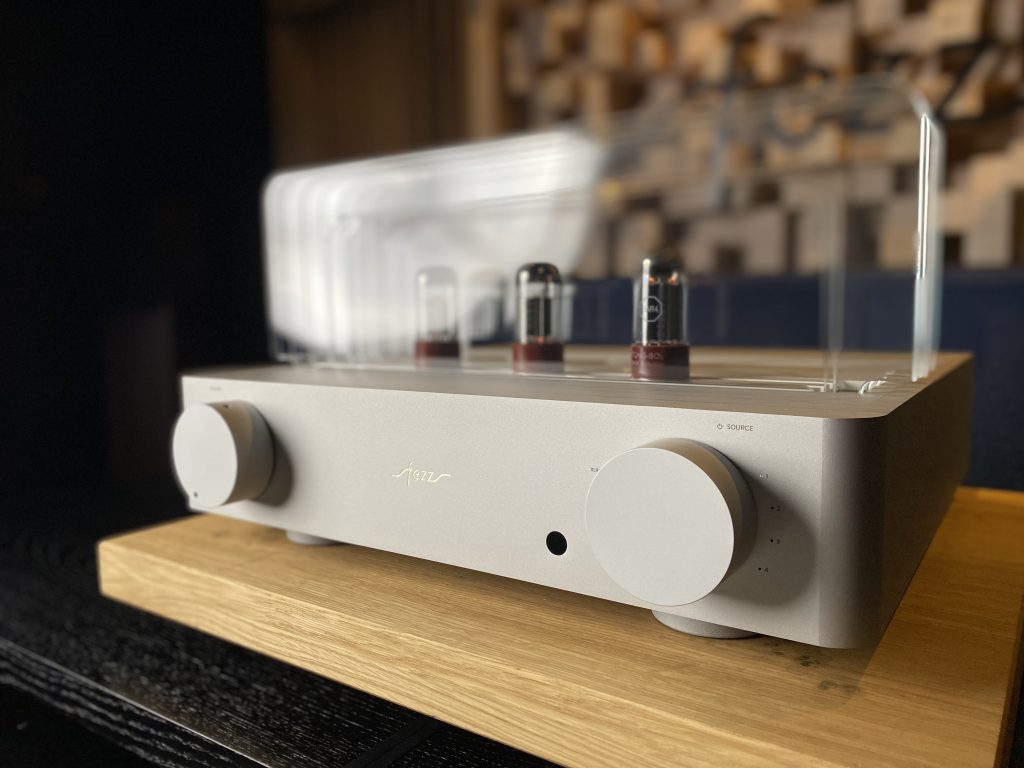
What’s more, the world of high-end is by no means free from audio prejudices – on the contrary, this environment guards access to it as if it were the Holy Grail.
DESIGN
At first glance, the Magnetar made by Fezz meets all the criteria of this category – it is adequately large, adequately powerful, and adequately spectacular to be considered a full-fledged member. It seems that both the name of the device and the entire series were carefully thought out: the connotations it evokes help one approach it from the right direction. They set the scale and trajectory we are dealing with here.
The system under review consisted of two sizable monoblocks and a balanced line preamp dedicated to them – both aesthetically and functionally. The entire setup presents itself not only as highly refined, but above all, as remarkably original. I can’t recall anything in the world of audio that would suggest the manufacturer was inspired by something else. It’s a separate world – in this case, even a separate galaxy.

Let’s begin with the monoblocks. What in tube amplifiers is a functional necessity – the tube cage, the transformer covers – here becomes a part of the finishing decorum. Thanks to this design choice, the result is an object that not only draws attention with its spectacular form, but also fulfills its functional purpose.
The chassis – a combination of glass and milled aluminum – effectively absorbs vibrations and gives the device a distinctive appearance. The body itself adopts a rhythmic structure – like a symphonic score. References to this rhythmic linearity are also found in the design of the preamp, where the arrangement of the glass panels shielding the tubes evokes – at least to my mind – distant echoes of the form of an old tube radio.
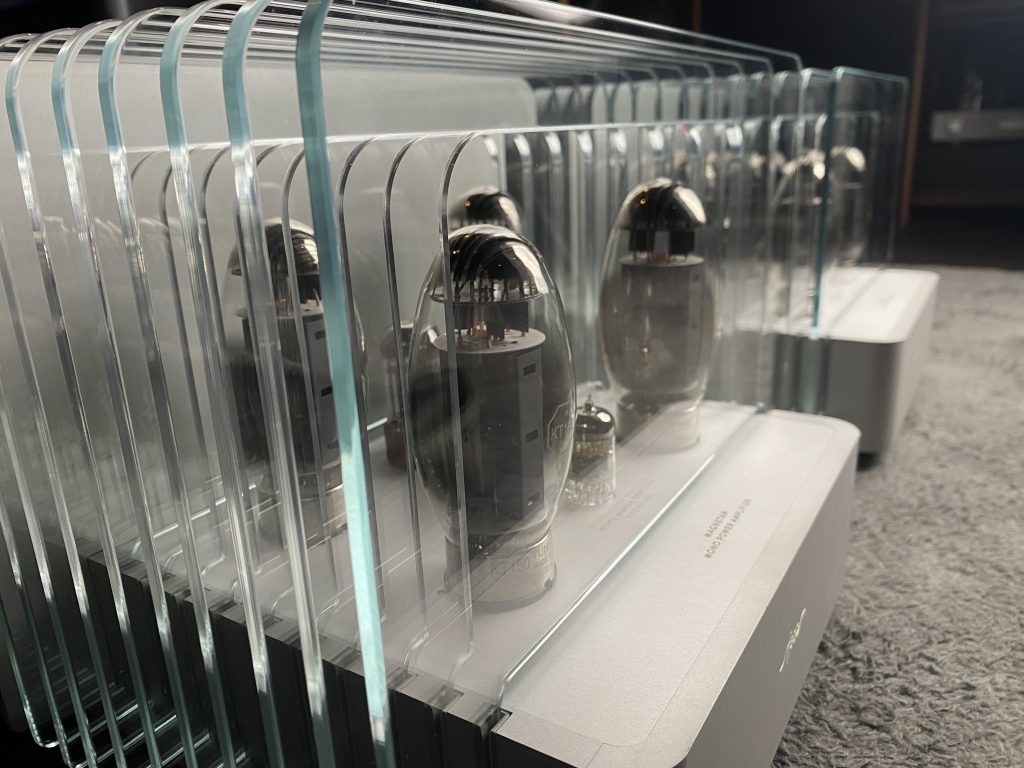
The entire construction is executed with the utmost precision and attention to the smallest detail, and the quality of the materials and finish is nothing short of first-class.
TOPOLOGY
A similar level of care applies to the selection of components – from sockets and capacitors to the crucial transformers – all chosen with sound optimization in mind. Let’s start, however, with what’s visible: the tubes. In the case of the monoblocks, these are four KT150 tubes working in tandem with precisely engineered driver stages (12AX7 and 6SN7), equipped with selected current sources. This setup allows for high output power – nominally 200 watts per channel – without any audible distortion.
What’s more, an advanced microcontroller-based circuit provides automatic bias regulation, ensuring a stable operating point for all power tubes. The power supply and output transformers from the Signature Line offer uncompromising performance and textbook operating parameters. Their performance is just as spectacular as their implementation – mounted within the chassis, they are at once concealed and exposed, while the copper finish lends the design a distinctly exclusive character.
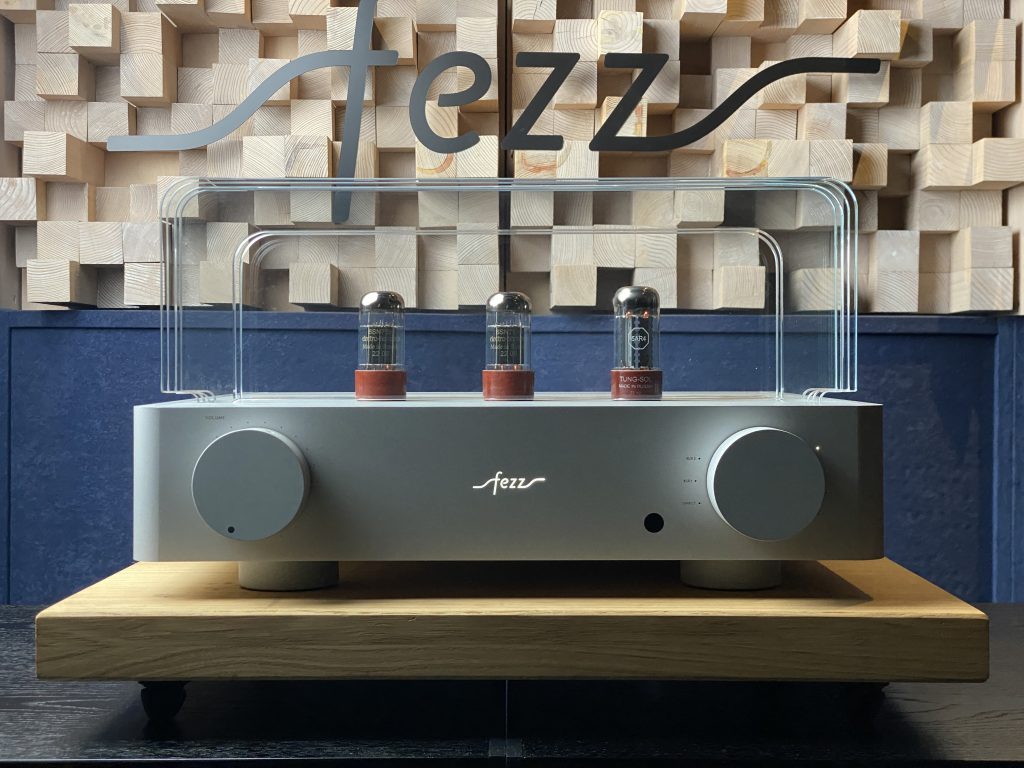
Throughout the entire system, only top-class components have been used: Mundorf MCap Evo Oil and M-Lytic capacitors, WBT speaker terminals, and Neutrik XLR connectors. All signal paths on the PCBs are gold-plated, and the tube sockets are made from pure Teflon. For volume control, a Japanese TKD KO-ON Denpa potentiometer was employed – the same as used in devices by Audio Note and Kondo.
As for the preamplifier – just like the monoblocks – it is a fully balanced design. The chassis, knobs, and remote control are all made from precisely milled aluminum and sheets of glass. The glass serves not only a protective function – beneath it sit the 5AR4 (rectifier) tube and a pair of 6SN7 tubes – but also gives the body a distinctive aesthetic identity.
As in the power stage, the preamp also features top-tier components: Mundorf MCap Evo Oil and M-Lytic capacitors, premium WBT RCA sockets, and Neutrik XLR connectors. All signal paths are gold-plated, and the tube sockets are made from Teflon. The preamplifier offers a generous array of inputs and outputs: 2 balanced, 4 unbalanced, and a direct input; outputs: 2 balanced and 2 unbalanced – making it fully functional and open to a wide range of user configurations.
SYSTEM
Before we move on to the listening session, let us briefly mention the system on which it was conducted, as this did not take place under the reference conditions of Audio Idiom. In addition to the Magnetar set – monoblocks and preamp – the system included:
→ speakers: Klipsch Forte, Tesla AKR 303, Audium Comp 9.2, Dynaudio Evoke 30
→ analog source: Muarah MT2, Jelco SA-750L, Denon 103R, Fezz Gratia phonostage, Fezz Argentum X10
→ digital source: Ayon CD CD-10 II, Ayon Streamer S-10 II

The listening session involved the use of Audio Idiom’s reference albums, including:
→ Bobo Stenson – Sphere, ECM
→ Gurls – Gurls
→ Christian Wallumrød – Piano, Hubro Music
→ Diabelli, Deutsche Grammophon
→ Eivind Aarset – Snow Flakes
→ Jackie McLean – Swing, Swung, Swang
METHODOLOGY
Let us now move on to the listening sessions, which this time consisted of comparing the same reference recordings on different pairs of loudspeakers. The goal was to identify the characteristic features of the Magnetar set – the preamp and monoblocks – which would be impossible to test in Audio Idiom’s home conditions due to their size.
The recordings tested were those regularly used in Audio Idiom practice, which ensured a direct reference to a known, reference-level sonic path. This allowed the sound of the system to be calibrated in the most optimal way and its distinctive sonic traits to be precisely identified.
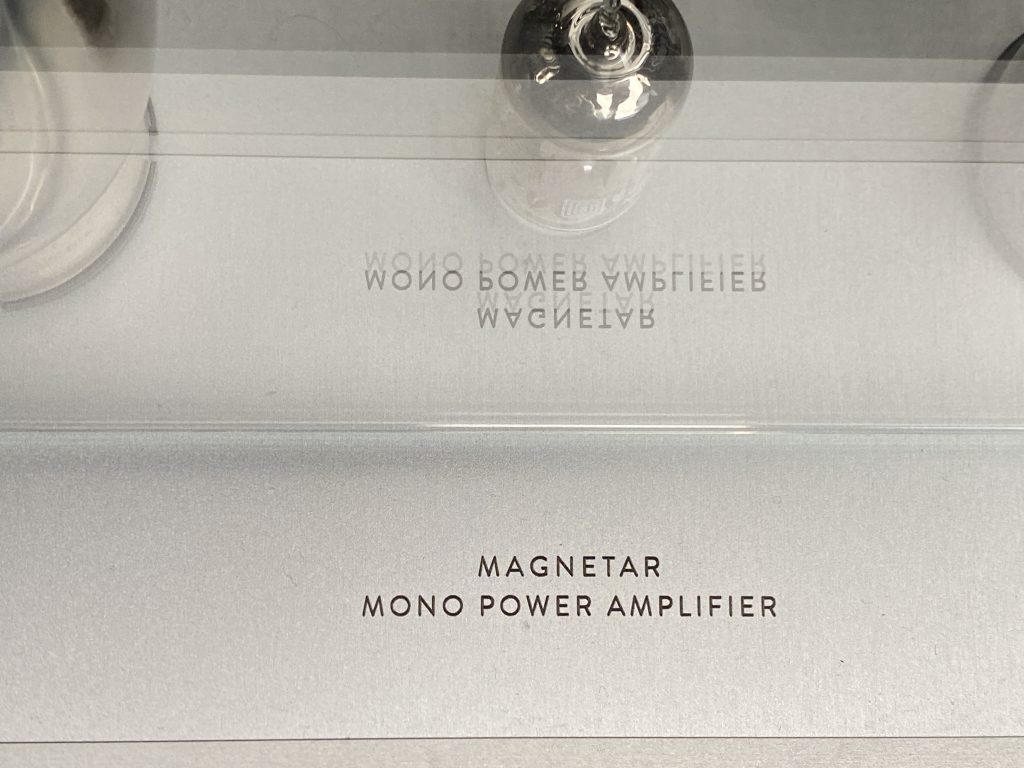
LISTENING
I’ll admit it right away – I’m not a fan of the KT150s, so from the very start I was skeptical about what I was about to hear. I expected the usual pentode punch: solid dynamics and a suitably heavy sonic footprint. Yet from the very first seconds, it became clear what kind of culture and quality of sound we’re dealing with here. I don’t know how Fezz pulled it off, but the KT150 pentodes… simply disappear from the listening experience. I’m not saying it sounds like triodes – I wouldn’t go that far – but Magnetar doesn’t behave like a typical pentode amp either. This is a sound that’s balanced, noble, and devoid of showmanship. That’s not to say it’s not impressive – on the contrary! But it doesn’t focus on dazzling the listener or chasing that proverbial “wow” effect. Immense power walks hand in hand here with restraint; respect for detail coexists with tonal equilibrium. The detail doesn’t dominate – it integrates. And that’s a rarity.
The tonal color of this set seems to be its strongest virtue. Perfectly arranged, balanced, and transparent. There’s no emphasis on any part of the spectrum – everything is in its place, nothing imposes itself, nothing leaps ahead. It’s a sound that lets you enjoy all kinds of music, without favoring or excluding any genre. And the way Magnetar handles a wide-ranging repertoire is genuinely impressive. A piano sounds like a piano – with a full color palette and proper attack weight. Vocals retain their body and physicality. Dense textures remain legible, and the clarity of the sound allows you to pick out the subtlest tonal nuances in a composition. There’s grandeur here, and intimacy too. Both detail and space.

The power – a commanding 200 watts – is not used here to impress, but to serve the music. It’s power that serves fidelity, not volume. Nobility, not display. As a result, the sound never fatigues. Quite the opposite – it draws you in and keeps you there. You can listen to Magnetar for hours and never once feel the urge to step away. What flows from these devices needs no commentary – it simply sounds. And it sounds phenomenal. I found nothing in this sound that felt out of place. Nothing to suggest that it wouldn’t rise to a musical challenge. A high culture of sound, a dignified and elegant form – these aren’t just attributes of this device. They are its identity. I can say without hesitation that this is one of the best pentode amplifiers I’ve heard. And one of the most compelling musical interpretations.

CONCLUSION
By building this device, Fezz steps into the world of high-end – and does so with emphasis. It not only creates a design that meets all the criteria of this category, but above all proves that it is possible to reach for the stars. Magnetar is, in every respect, a unique and original piece of audio engineering. Both its external form and the way it interprets music suggest that Fezz’s debut in the high-end universe is a successful one.
This is not a device for everyone – especially not for seekers of audio showmanship. It’s a proposition of rare seriousness, carefully thought through and consistently brought to completion – and done without compromise. This is audio at its very best – the kind that cares as much about the music as it does about the listener.
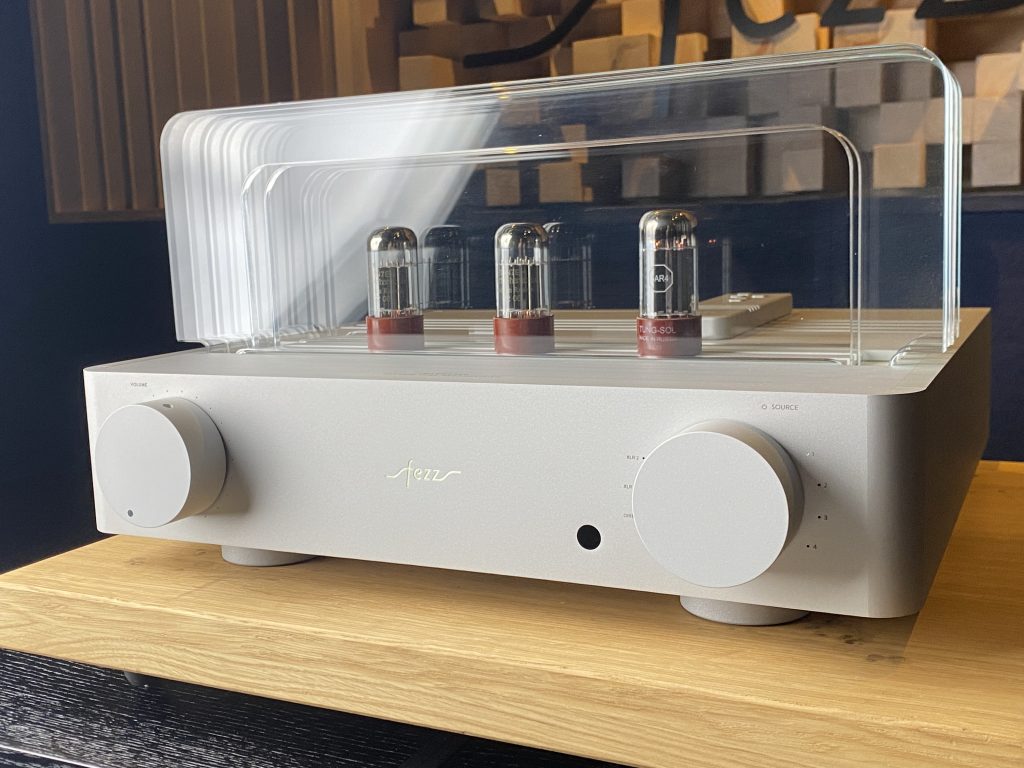
There is something in this gesture from Fezz that is increasingly rare in today’s high-end: respect. Respect for sound. Respect for music. And respect for another human being.
A Supernova has just ignited in the galaxy of high-end.
.

For its uncompromising entry into the world of high-end – and above all, for a device that treats both the music and the listener with equal care – Audio Idiom awards its highest distinction:
MAESTRO
© Marcin Oleś

